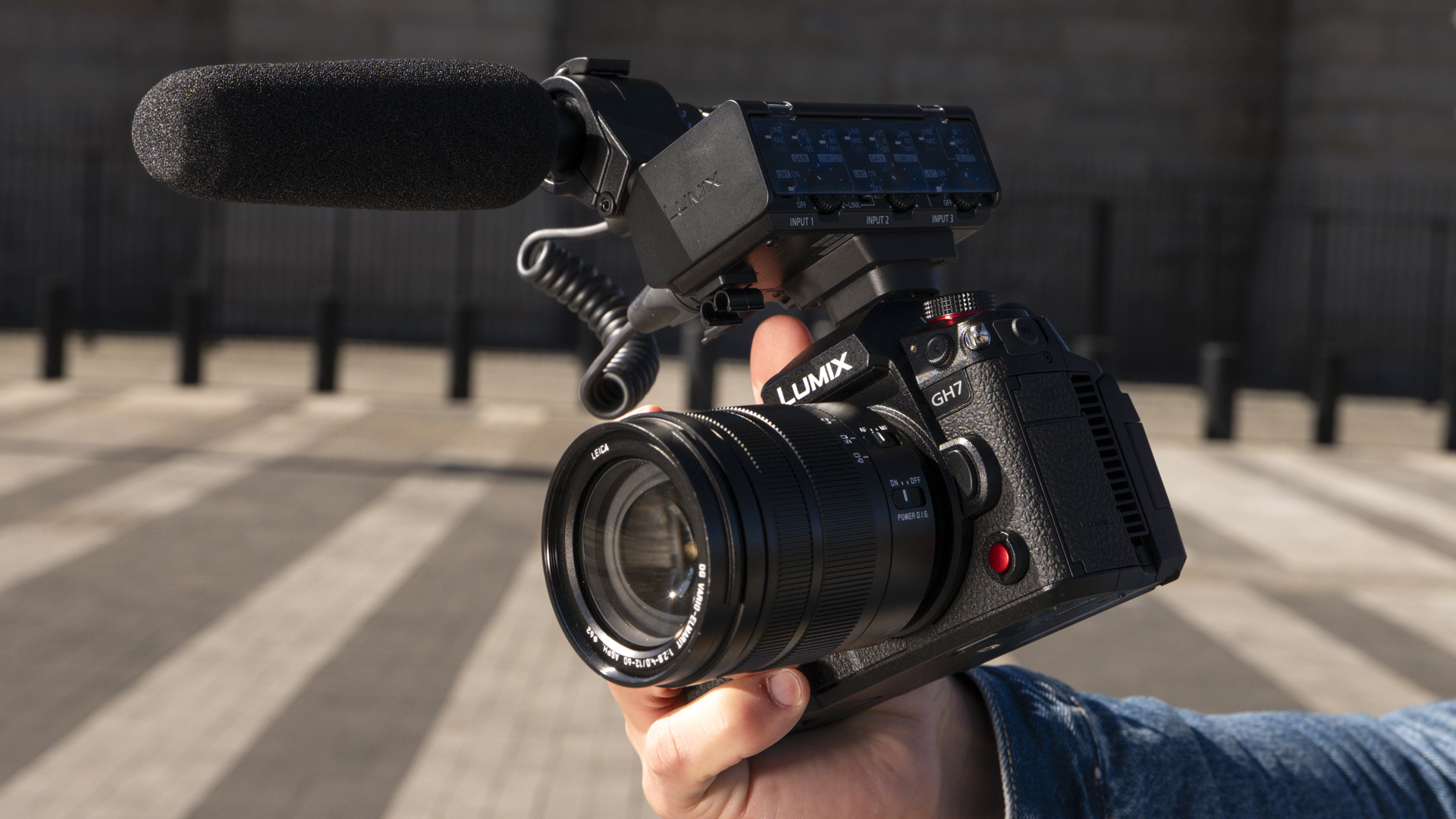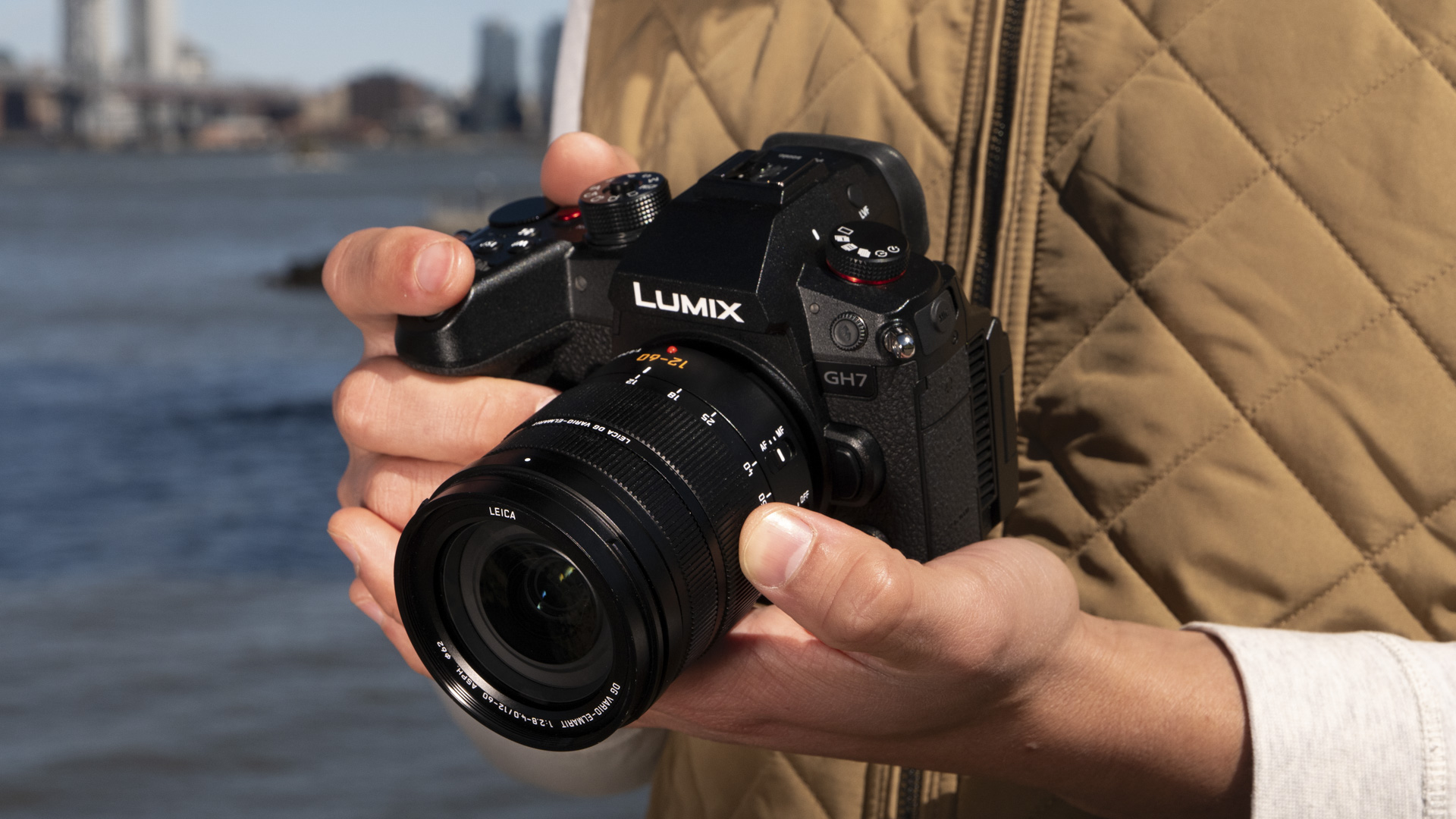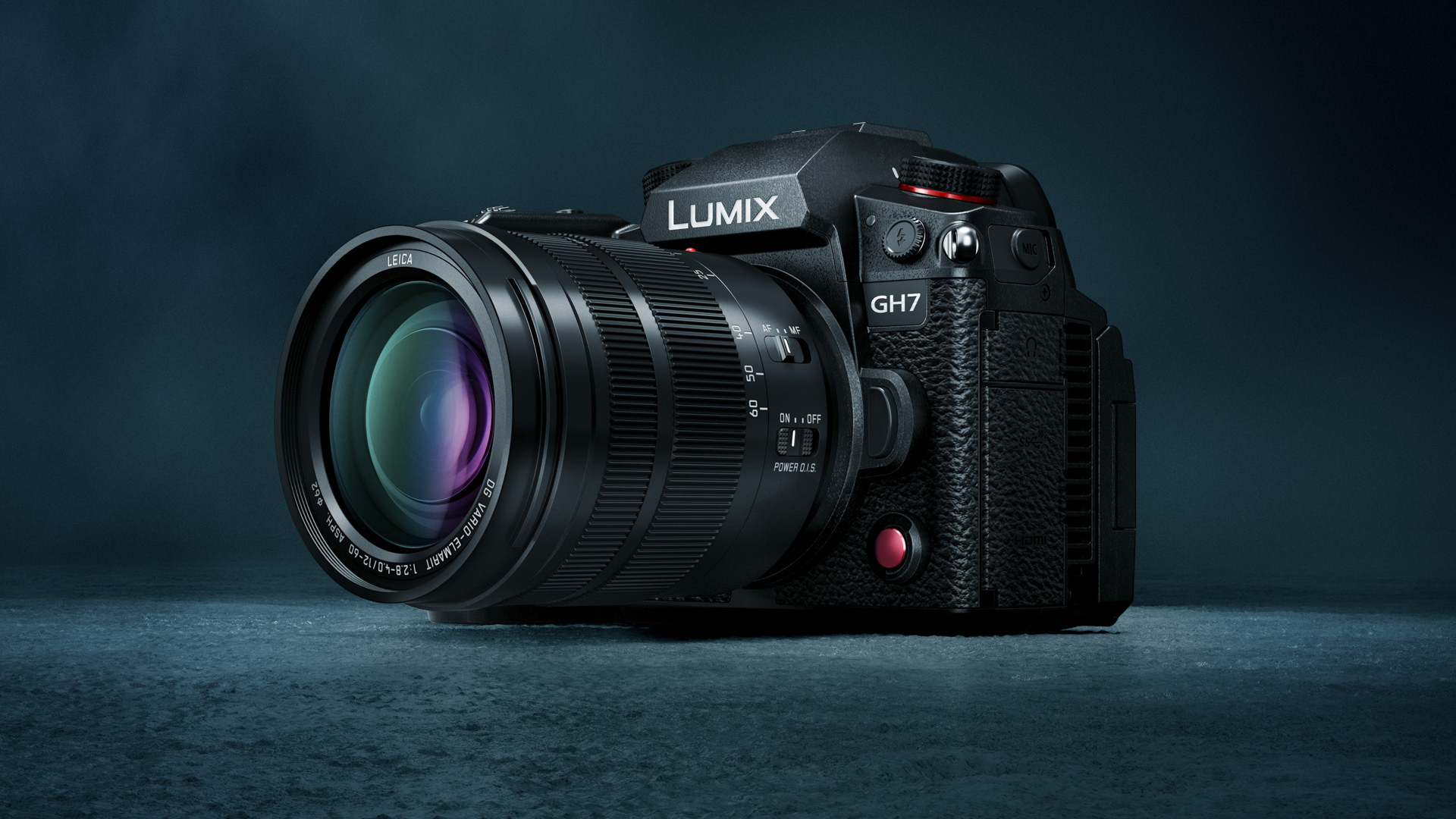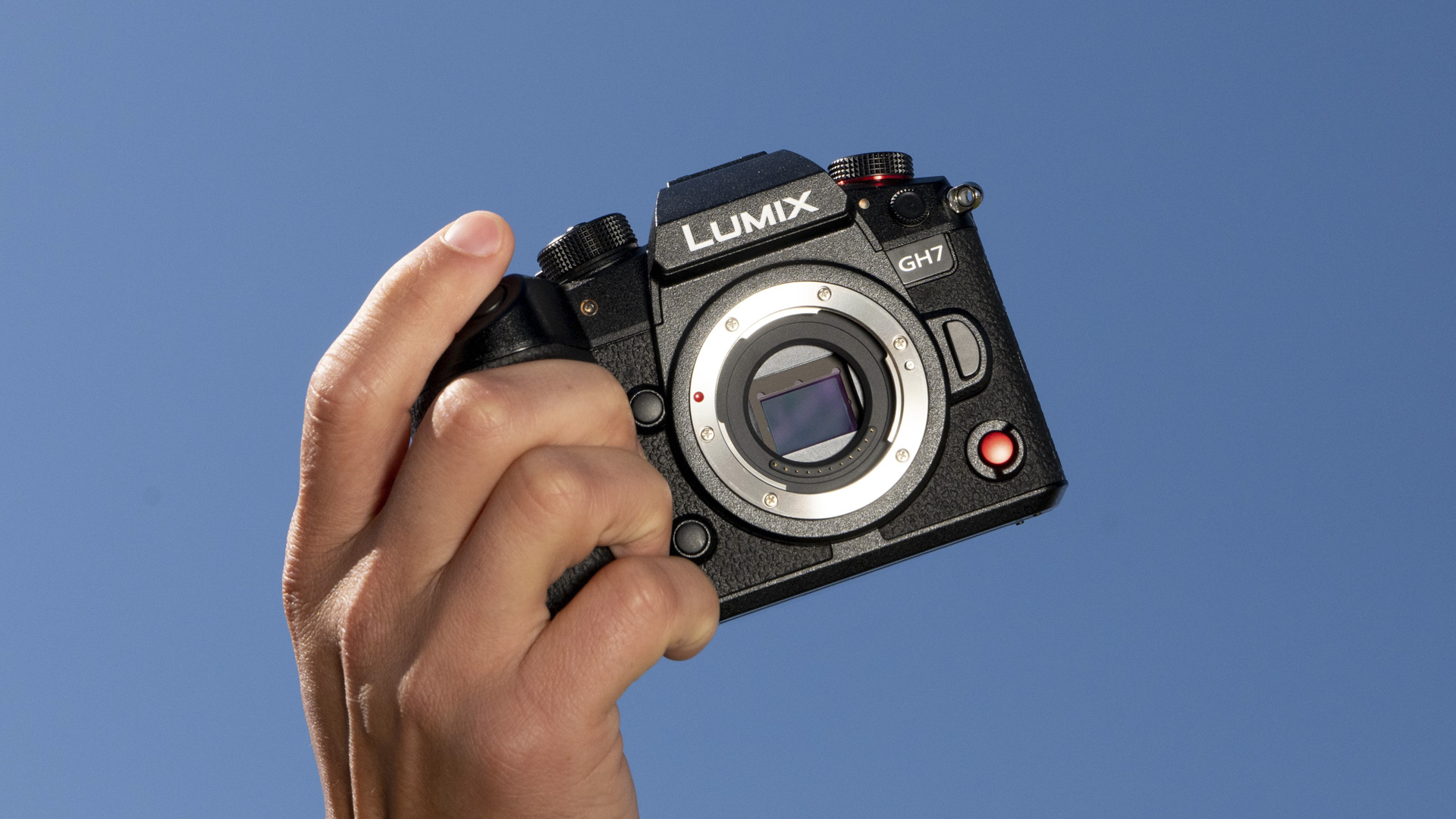Panasonic’s new Lumix GH7 is a seriously powerful video camera with world-first features – and it’s what the GH6 should have been
Panasonic course-corrects the Lumix GH line with a powerful successor to the GH6

Panasonic has unveiled the Lumix GH7, and it looks like a seriously powerful video camera with an impressive world-first feature, and potentially one of the best-value video cameras.
It succeeds the Lumix GH6, a micro four thirds (MFT) camera that we already rated highly on its 2022 release, but one that felt like its days were numbered following the recent launch of the Lumix G9 II, given that the new photography-first model has GH6-beating autofocus for video.
But Panasonic has now course-corrected its Lumix GH line, adding phase-detect autofocus to a new 25.2MP sensor, together with new subject detection AF modes that include a target area option, such as the nose of a plane or the helmet of a motorcyclist. These new skills could bring Lumix's autofocus performance up to speed for 2024's hybrid shooters.
The sensor also features what we expect to be industry-leading image stabilization performance, especially with new enhanced modes such as Active I.S 'High Mode' for smooth on-the-move footage.

Panasonic has improved video features for serious filmmakers, with 5.7K / 30fps video recording now available in internal ProRes raw HQ and ProRes 422 HQ formats, plus 5.7K / 60fps and 5.8K / 30p open gate video. Most other cameras at this price point offer raw video recording via an external recorder, not internal, with the Blackmagic Cinema Camera 6K being a notable exception.
The scope for slow-motion video recording has also been expanded, with 4K 120fps in 10-bit and up to 300fps in Full HD, again in 10-bit.
When shooting in V-log color profile, the Lumix GH7 maintains 13 stops of dynamic range. You also get Panasonic's Real Time LUTs color profiles, previously found in the Lumix S5 II and Lumix G9 II, but which only got wider attention with the launch of the heavily marketed Lumix S9. In short you can import any color profile, including recipes made by pro creators, directly onto your Lumix camera.
Get daily insight, inspiration and deals in your inbox
Sign up for breaking news, reviews, opinion, top tech deals, and more.

There's also an impressive world-first feature: in-camera 32-bit float audio recording. We've unpacked what that technology means in our DJI Mic 2 review, but in short it combines a wider frequency range and richer sound than 24-bit audio, with the flexibility to avoid clipping because the frequency range can 'float' rather than being fixed. It's a bit like shooting photos in raw format rather than JPEG – there's greater latitude to recover detail that would otherwise be lost.
You'll need an optional DMW-XLR2 mic adaptor and microphone to export video files with 32-bit float audio, though, and this new accessory will be available from July 2024 for $499 / £499 / AU$899.
Speaking of prices, Panasonic has launched its latest Lumix model at the same price point as the previous GH models: $2,199 / £1,999/ AU$3,899, which means the Lumix GH7 offers the best bang for buck for video-focused shooters who don't need full-frame.

A complete filmmaker's tool?
Panasonic has ensured that the Lumix GH7 is a robust shooter as well as a feature-packed one: the GH7 has a tough build, and incorporates a cooling fan which means video record times are unlimited, unlike on the severely limited Lumix S9.
We loved the Lumix GH6 when it first came out, but it was ultimately hamstrung for video by its contrast-detection based autofocus. Panasonic has addressed this and more in the Lumix GH7, though whether or not there's still demand for a MFT camera in 2024 is another matter.
Panasonic itself has developed a line of full-frame cameras, including the superb Lumix S5 II / S5 IIX video-focused cameras. And many filmmakers will feel like they need full-frame instead of MFT, regardless if that's actually true.
Ironically, the Lumix GH7's main competition might turn out to be Panasonic's own Lumix S5 II. This new MFT model has plenty going for it though, and we'll unpack our thoughts more in a full review, coming soon.
You might also like

Tim is the Cameras editor at TechRadar. He has enjoyed more than 15 years in the photo video industry with most of those in the world of tech journalism. During his time as Deputy Technical Editor with Amateur Photographer, as a freelancer and consequently editor at Tech Radar, Tim has developed a deeply technical knowledge and practical experience with cameras, educating others through news, reviews and features. He’s also worked in video production for Studio 44 with clients including Canon, and volunteers his spare time to consult a non-profit, diverse stories team based in Nairobi. Tim is curious, a keen creative, avid footballer and runner, and moderate flat white drinker who has lived in Kenya and believes we have much to enjoy and learn from each other.